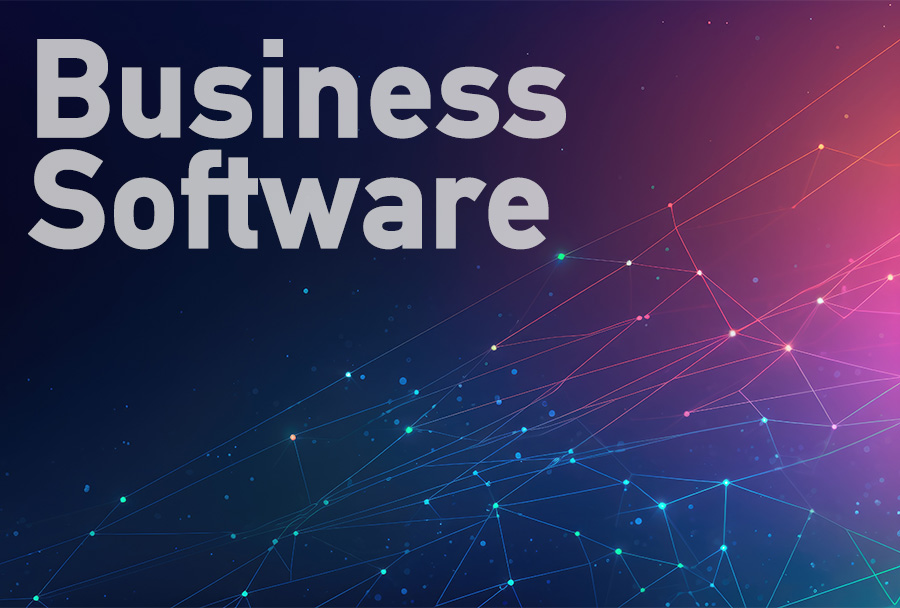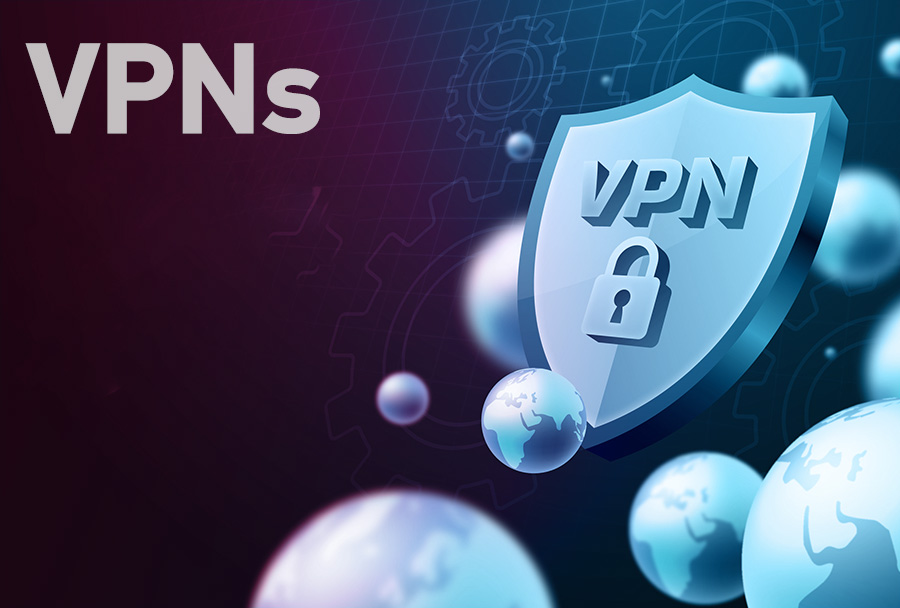
Business Software
Τhe use of information technologies, including business software, is essential for businesses aiming to maintain a competitive edge in the modern market. Here are some key points highlighting the significance of business software in today’s business landscape:
Efficiency and Productivity
Data Management
Streamlined Operations
Enhanced Communication
Market Analysis
Customer Engagement
E-commerce and Online Presence
Inventory and Supply Chain Management
Financial Management
Security and Data Protection
Competitive Advantage:
Scalability
Competitive Advantage:
Adaptation to Changing Markets
Customer Service and Support
Remote Work Enablement
The strategic use of business software is pivotal for modern businesses to remain competitive, agile, and responsive to customer needs. It empowers organizations to make data-driven decisions, automate processes, and streamline operations, ultimately contributing to long-term success and growth.

Web Development Projects
Creating and designing web development projects that align with business goals is a critical aspect of digital strategy in today’s technology-driven world. Here are key considerations for successful web development projects:
Define Clear Objectives
User-Centered Design
Technology Stack
Functional Requirements
Scalability and Future Growth
Security Measures
Responsive Design
Testing and Quality Assurance
Project Management
Content Management System (CMS)
Search Engine Optimization (SEO)
Analytics and Monitoring
User Training and Support
Feedback and Iteration
Maintenance and Updates
Documentation
Performance Optimization
Compliance and Legal Considerations
At ACTIO, following these best practices and involving a cross-functional team of experts in design, development, testing, and project management can lead to successful web development projects that effectively meet business goals and deliver value to users.

Mobile Applications
Mobile applications have become a cornerstone of modern business operations, providing numerous benefits that enhance productivity, communication, and accessibility. Here are key advantages of mobile applications in a business context:
Instant Access to Information
Enhanced Productivity
Real-Time Communication
Remote Work
Improved Customer Engagement
Data Collection and Analysis
Task Automation
Efficient Inventory Management
Sales Enablement
Marketing and Advertising
Customer Support
Security and Access Control
Brand Loyalty
Competitive Advantage
Customization
Offline Functionality
Integration with Existing Systems
Cost Savings
In summary, mobile applications have revolutionized the way businesses operate by providing fast, accessible, and efficient tools for communication, automation, and data management. As businesses increasingly embrace mobile technology, the strategic development and use of mobile apps have become integral to staying competitive and meeting the evolving needs of customers and employees alike.

E-commerce
E-commerce, or electronic commerce, has indeed witnessed tremendous growth and transformation over the past few decades, revolutionizing the way businesses conduct transactions and interact with customers. Here are some key points highlighting the significance of e-commerce:
Global Reach
Accessibility and Convenience
Wider Product Selection
Personalization
Diverse Payment Options
Reduced Overheads
Efficient Inventory Management
Scalability
Data-Driven Insights
Customer Reviews and Feedback
Dropshipping and Third-Party Fulfillment
Marketplace Platforms
Cross-Border Trade
Digital Marketing
Security and Trust
Mobile Commerce (M-Commerce)
Sustainability
Evolving Technologies
In summary, e-commerce has reshaped the business landscape, providing businesses with opportunities for growth and transformation. Its continuous evolution, driven by technology and changing consumer preferences, underscores its central role in the modern economy.

Voice Over Internet Protocol (VoIP)
Voice over Internet Protocol (VoIP) is a technology that allows voice and multimedia communication over the internet. It has become increasingly popular for both small offices and large companies due to its numerous advantages, including cost-effectiveness, flexibility, and a range of features. Let’s explore these benefits in more detail:
Cost-Effective
Scalability
Feature-Rich
Mobility
Reliability
Security
Integration
Centralized Management
Support for Multimedia
Environmental Benefits
Whether you have a small office or a large company, VoIP can provide a secure, reliable, and cost-effective telephony solution. However, it’s essential to choose a reputable VoIP service provider and ensure that your network infrastructure is capable of supporting the demands of VoIP traffic to fully enjoy its benefits.

Firewalls
Firewalls are indeed a crucial component of network security used to protect private networks, such as corporate offices or home networks, from unauthorized access and attacks originating from the public Internet. They act as a barrier between a trusted internal network and untrusted external networks (like the internet) and serve several security purposes:
Access Control
Packet Filtering
Stateful Inspection
Proxy Services
Network Address Translation (NAT)
Intrusion Detection and Prevention
Application Layer Filtering
Logging and Reporting
VPN Support
Security Policy Enforcement
In summary, firewalls play a critical role in safeguarding private networks from external threats by controlling and monitoring network traffic. However, they are just one component of a comprehensive security strategy, and organizations should also employ other security measures, such as antivirus software, intrusion detection systems, and user education, to create a robust defense against cyber threats

Routers
Routers are indeed essential networking devices used to connect multiple networks together, and they play a crucial role in routing data between them. Your statement specifically mentions connecting two or more offices via leased or public networks. Let’s break down the key concepts:
LAN to WAN Connectivity
LAN
WAN
Router Functionality
Routing
Network Address Translation (NAT)
Firewall and Security
Quality of Service (QoS)
Virtual Private Networking (VPN)
Router Manufacturers
In summary, routers are essential for connecting LANs to WANs, enabling offices to communicate with each other over leased or public networks. They provide routing, network address translation, security, and other features that are crucial for maintaining reliable and secure network connectivity between geographically dispersed locations. The choice of router brand and model should align with the specific networking requirements and considerations of your organization.

VPNs
Virtual Private Networks (VPNs) are indeed a cost-effective and widely used technology for connecting two or more remote offices or networks over the Internet securely. Here are some key points regarding VPNs and their advantages:
Cost-Effective Connectivity
Secure Encrypted Tunnels
Site-to-Site VPN
Remote Access VPN
Authentication and Access Control
Scalability
Management and Monitoring
Supported Protocols
- IPsec (Internet Protocol Security)
- SSL/TLS (Secure Sockets Layer/Transport Layer Security)
- OpenVPN
- L2TP/IPsec (Layer 2 Tunneling Protocol with IPsec)
In conclusion, VPNs provide a cost-effective and secure means of connecting remote offices or users to a central network, allowing for efficient data exchange and collaboration while utilizing the public Internet infrastructure. Proper implementation and security measures are essential to ensure the confidentiality and integrity of data transmitted over VPN connections.

Wireless
Wireless technology has indeed evolved rapidly, offering a versatile solution for various network connectivity needs, whether you’re looking to connect nearby locations or extend network coverage. Here are some key points to consider regarding wireless technology for near and far network links:
Near Network Links
Wi-Fi for Office Connectivity:
Point-to-Point Wireless Links
Far Network Links
Point-to-Point (P2P) and Point-to-Multipoint (P2MP) Links
Microwave and Millimeter-Wave Links
Roaming and Guest Access
Security Considerations
Scalability
Interference and Spectrum Management
In summary, wireless technology offers flexible solutions for connecting offices, extending network coverage, and providing mobility options for users. Whether for nearby or far network links, choosing the right wireless technology and implementing it correctly, considering factors like distance, capacity, and security, is essential to achieving reliable and efficient wireless network connectivity.

Web Design
Creating a successful e-commerce website, often referred to as an “e-shop,” involves a comprehensive approach that covers various aspects of web design, development, and implementation. Here are key components to consider:
Design
- User-Friendly Interface
- Responsive Design
- Visual Appeal
- Consistent Branding
Web Software and Development
- E-commerce Platform
- Shopping Cart
- Payment Gateway Integration
- Inventory Management
Content and Graphics Design
- Product Descriptions
- High-Quality Images
- Content Marketing
- Search Engine Optimization (SEO)
Web Hosting
- Reliable Hosting Provider
- Uptime and Performance
- Security Measures
E-commerce Functionality
- Product Categories
- Search and Filter
- Product Reviews
- Shopping Features
Legal and Compliance
Customer Support
Marketing and Promotion
Internet Connectivity
Testing and Optimization


